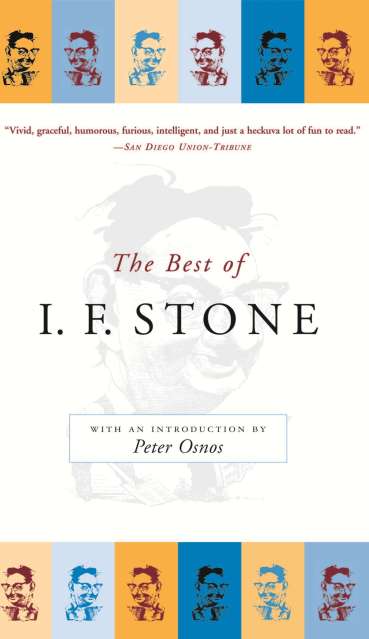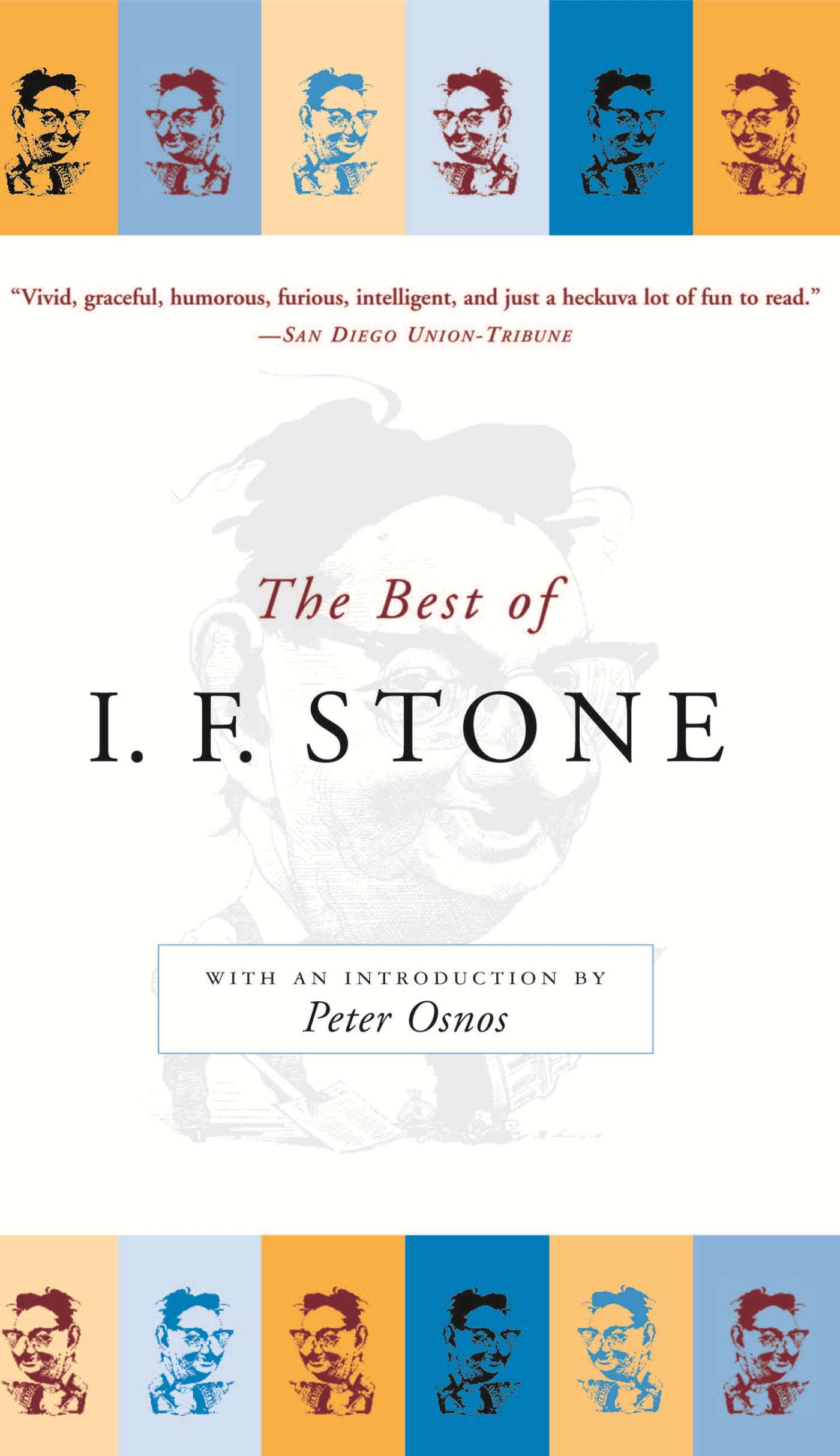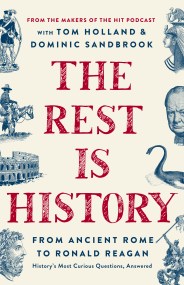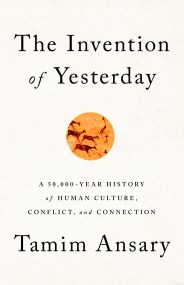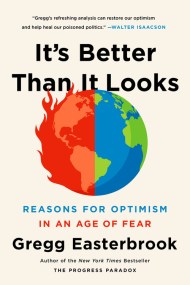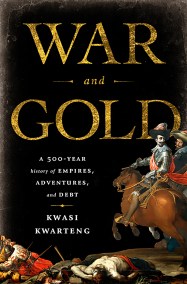Promotion
Shop now and save 20% on your back-to-school purchases & get free shipping on orders $45+ Use code: SCHOOL24
The Best of I.F. Stone
Contributors
By I. F. Stone
Formats and Prices
Price
$9.99Price
$12.99 CADFormat
Format:
ebook $9.99 $12.99 CADThis item is a preorder. Your payment method will be charged immediately, and the product is expected to ship on or around April 29, 2009. This date is subject to change due to shipping delays beyond our control.
Also available from:
The core of Stone’s genius was his newsletter, I.F. Stone’s Weekly, published from the mid-1950s to the early 1970s. His meticulous dissection of the news was unsurpassed, a direct descendent of the great pamphleteers like Thomas Paine, and a forerunner to the best of today’s political blogs. Stone’s brilliant, investigative reporting; his wonderful, impassioned style; and his commitment to his values all make this collection an inspiration, and a revelation.
Genre:
- On Sale
- Apr 29, 2009
- Page Count
- 304 pages
- Publisher
- PublicAffairs
- ISBN-13
- 9780786732708
Newsletter Signup
By clicking ‘Sign Up,’ I acknowledge that I have read and agree to Hachette Book Group’s Privacy Policy and Terms of Use
